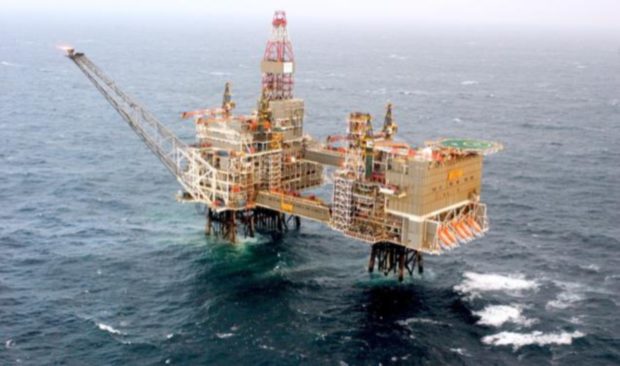Claims the Labour government discussed shifting the North Sea oil boundary in the 1970s have reignited a fierce political row over Scottish independence.
It emerged in newly released files that the Callaghan government wanted to set up a “discreet” unit to counter any international impression Scotland could be a wealthy break-away state.
A document written by then foreign secretary Anthony Croslan, printed by The Times, revealed: “Officials in the Foreign and Commonwealth Office have drawn attention to the potential damage to the UK arising out of the SNP’s claim that ‘It’s Scotland’s Oil’.”
The note to the Prime Minister added concerns about the damage to the UK’s “creditworthiness”.
English waters
Future Scottish Labour leader John Smith was also reported to have raised concerns about damage to potential purchasers of British goods if they thought the UK was “about to split up”.
It was also claimed the maritime borders could be moved to bring oil into “English waters”.
SNP candidate Paul Wheelhouse, the Scottish minister for energy, connectivity and the islands, wrote on social media: “Not even remotely surprised at this, but it should be something that every voter is aware of, i.e. how the UK establishment (blue and red) has worked to undermine the Independence cause.
“UK union is fundamentally unequal and has not been working in Scotland’s best interests.”
The memo in 1977 came after the McCrone report to the UK Government, which set out how an independence Scotland could be wealthy with oil revenue.
The new claims exposed a decades-old fault line in UK politics.
MSPs have previously argued about North Sea boundaries for fishing between England and Scotland.
In 1999, the Labour-Liberal Democrat administration argued to fix the maritime line further north.

